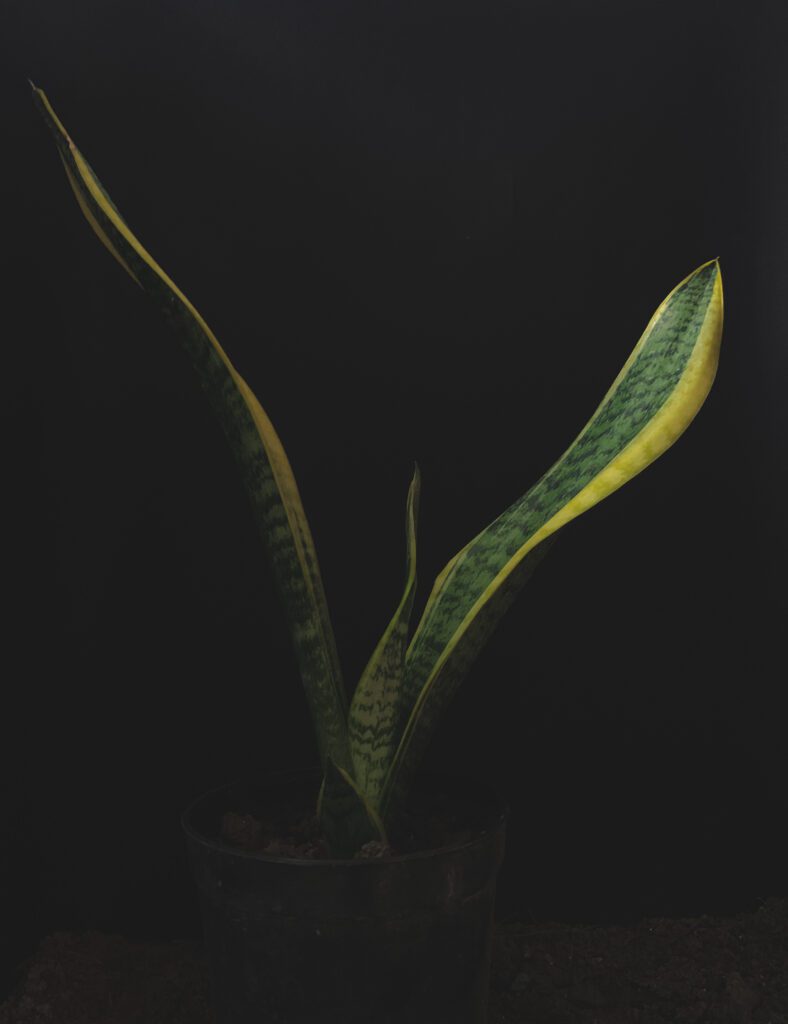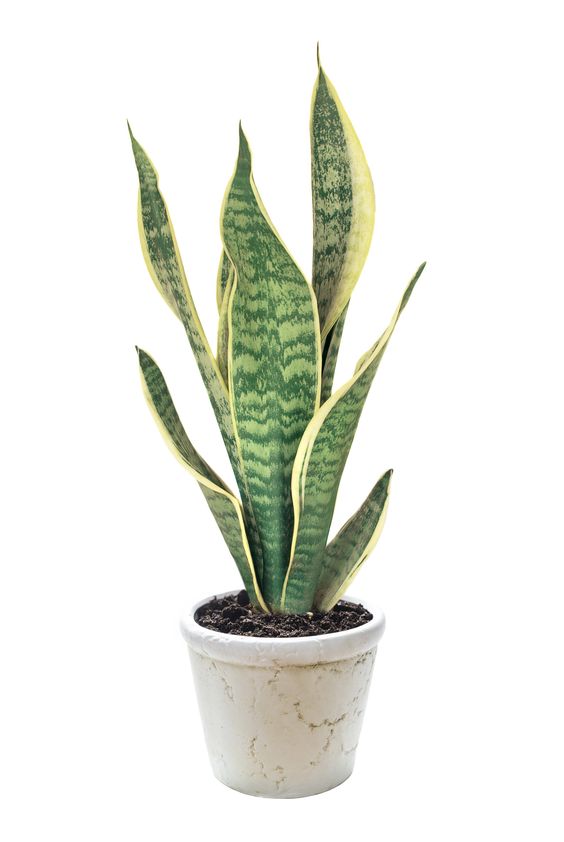- Pick a pot with a bottom drainage hole. Since terra cotta pots let the soil to dry out more readily than plastic pots, they are ideal for growing snake plants.
- Use a potting mix that drains properly. It is best to use potting soil intended for “cacti and succulents,” as it will be less likely to become overly wet.
- Don’t bury snake plants too deeply while repotting them. The plant needs to be buried the same depth as it was in its previous container.
Tip: Snake plants should only be grown in restricted locations or in containers since they can become invasive and spread by sending out underground runners.
- Snake plants can handle some direct sunlight but prefer bright, indirect light. However, they also thrive in dark, shaded spaces and other low-light sections of the house, albeit more slowly.
Tip: Try to avoid moving your plant from a low-light area to direct sunlight too quickly, as this can shock the plant. Whenever you move plants from a darker to a lighter spot, do so gradually, slowly exposing it to brighter and brighter light over a week or so. Also be sure to adjust watering habits accordingly; plants will use more water in warmer, brighter areas.
- Do not water too frequently. Let the soil mostly dry out between waterings.
Tip: To know when it’s time to water, don’t just rely on how the surface of the soil looks. Instead, carefully stick your finger or a wooden chopstick a couple inches into the soil. If you feel any moisture or see soil stick to the chopstick, hold off on watering.
- Water from the bottom of the pot, if possible. This encourages the roots to grow downward and deep, helping to stabilize the thick, tall leaves. During the winter, while the plant isn’t actively growing, water less often than you would in spring and summer.
- The large, flat leaves tend to collect dust; wipe them down with a damp cloth as needed.
- In good conditions, snake plants are rapid growers and may need to be divided annually. Divide and repot in the spring. Cut out a section containing both leaves and roots and place in a pot with well-draining potting mix.
- A snake plant in a pot might occasionally blossom. On tall spikes, fragrant clusters of greenish-white flowers can be seen.
- Root rot is the most common issue. It happens most because of over-watering. If this occurs, remove any dying leaves, and allow the plant to dry out more than usual. Snake plants are resilient and typically recover. However, if the plant continues to die, remove it from its pot, discard of any rotted roots and leaves, and repot in fresh soil.
Do you know any other facts about snake plants? Then share with us in comments.





